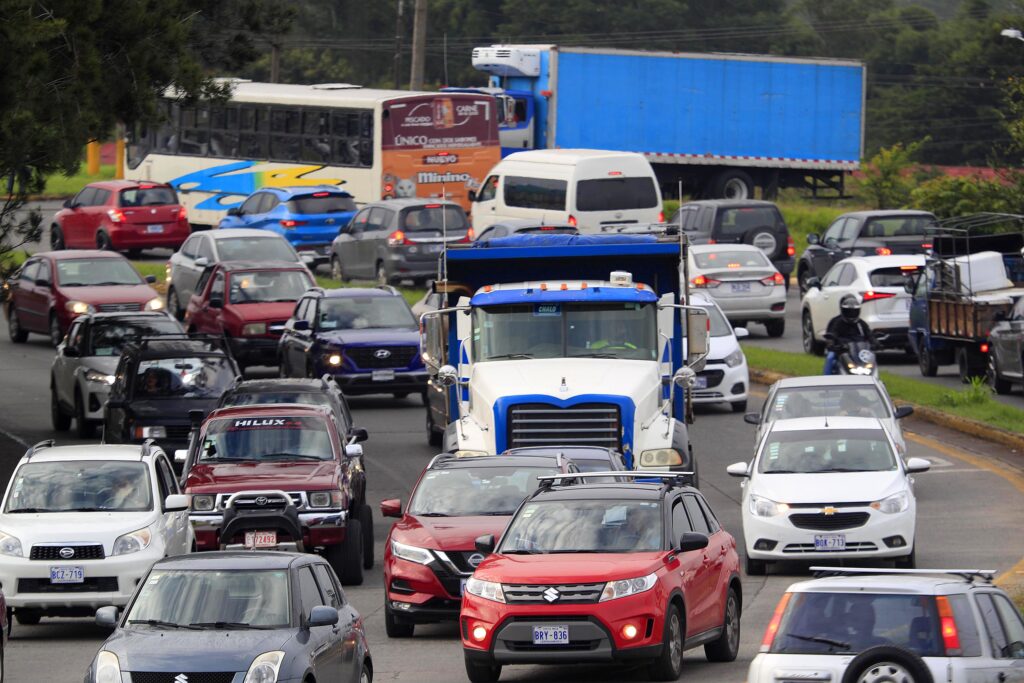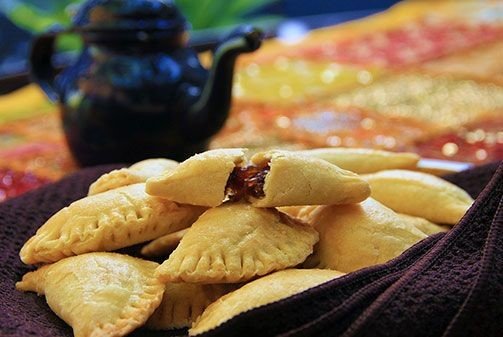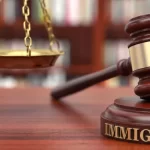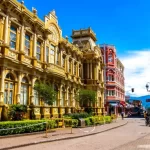What is Easter Week like in Costa Rica
The week before Easter Sunday is characterized by many activities that current and future expats should be aware of.
Ticos, who can afford to, head for the beach. As a result, the Central Valley resemble one huge “ghost town (pueblo fantasma in Spanish).” It is easier than ever to get around because few cars are on the road.
Some Costa Ricans sarcastically think that Easter Week has lost its true meaning and refer to it as “La Semana de Parranda” (party or celebration week) since many people use this time of year for an excuse to engage in binge drinking and boisterous partying at the beach.
This period of time is also called, La Semana de Matanza (The Week of Slaughter), due to the many drownings and deadly traffic accidents that occur.

Another downside to Easter week is that government offices are closed, so it is well-nigh impossible to get anything accomplished. Fortunately, banks are open the first couple days of the week and hospitals provide emergency service.
In the days leading up to Easter, most often on Thursday or Good Friday, the streets of San José, Heredia and other cities and large towns, are where traditional religious processions take place.
During this time of year Costa Ricans consume a lot of seafood , especially tuna and other canned fish like sardines. Unfortunately, fish and other Easter foods tend to be more expensive during different holidays.
Miel de Chiverre is a type of honey made from a variety of winter squash. Empanadas or turnovers are filled with chiverri honey and are widely consumed at this time of year. A recipe can be found at: https://www.costarica.com/recipes/empanadas-de-chiverre-winter-squash-turnovers

Another pastime during Easter week is viewing old religious movie classics on TV like The Ten Commandments. Local television stations show these movies repeatedly.



